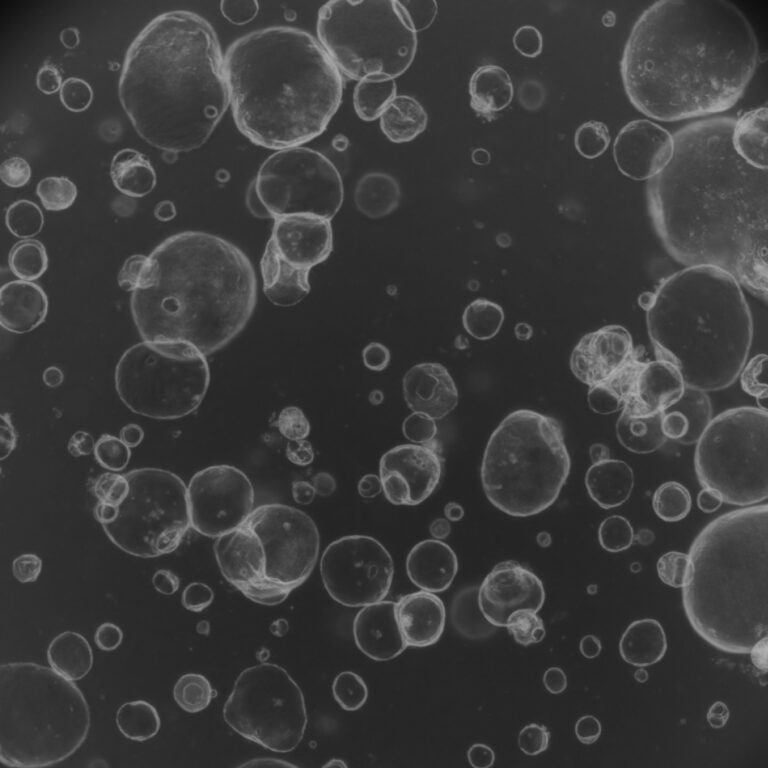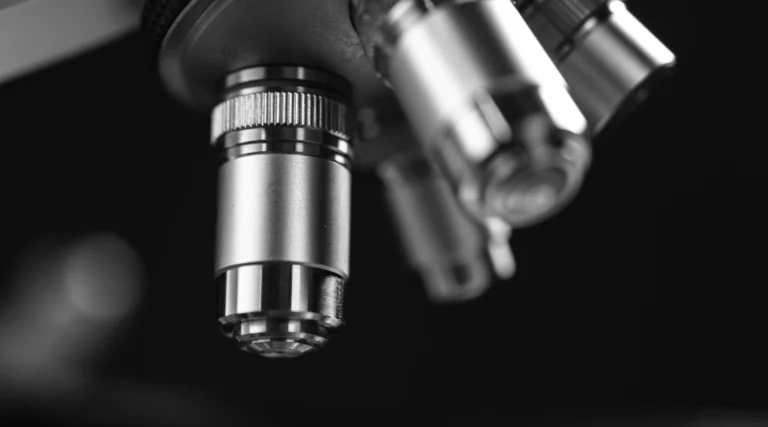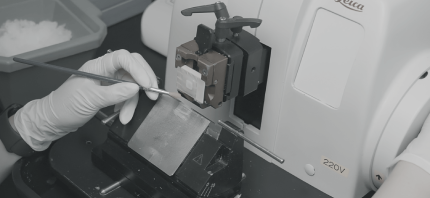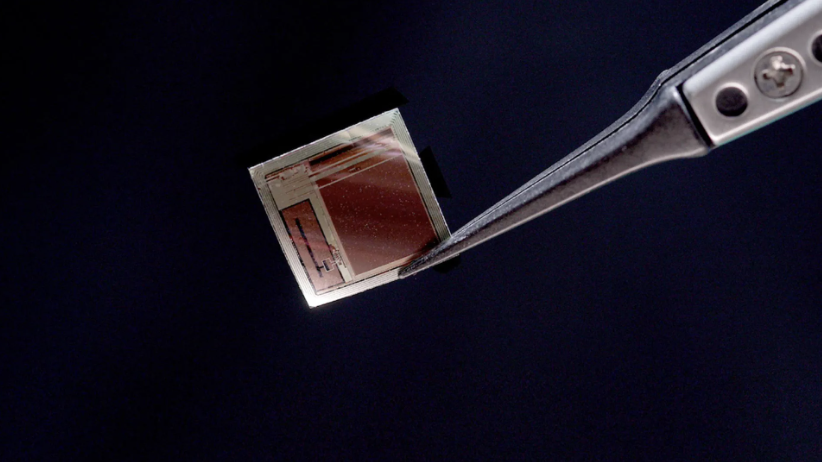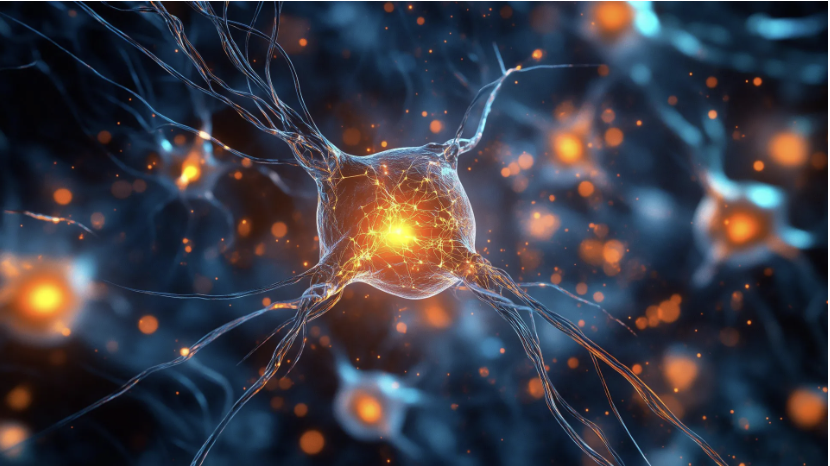Researchers are innovating to combat antibiotic resistance and improve treatment for urinary tract infections (UTIs), which disproportionately affect women and cause severe symptoms. Novel approaches include an oral vaccine that prevented recurrent UTIs for nine years in trials and the development of non-antibiotic drugs. Additionally, safer administration methods for antibiotics are being explored. Gemma Perry, who has suffered from chronic UTIs for 12 years, underscores the challenges faced by patients. UTIs, characterized by symptoms such as burning during urination and abdominal pain, significantly impact daily life. Perry’s experience highlights the importance of finding effective treatments with fewer side effects. In another study, delivering the antibiotic gentamicin directly into the bladder reduced antibiotic resistance among UTI-causing bacteria. Urologist Pragnitha Chitteti and colleagues treated patients with gentamicin, resulting in a significant reduction in multidrug resistance and hospital admission rates, and a decrease in UTI frequency for many participants.
Keywords: urinary tract infections, oral vaccine, antibiotic resistance
